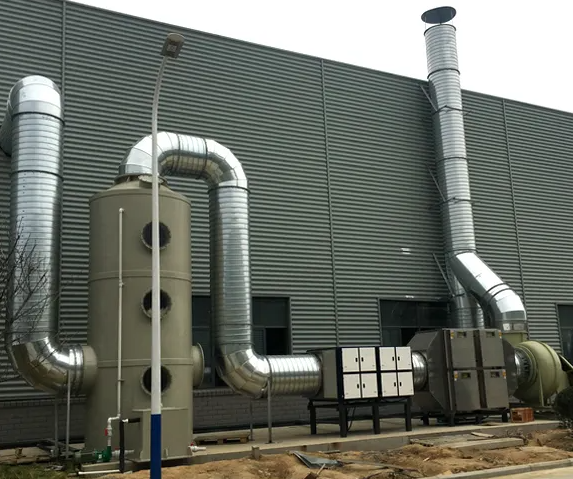 English
English Español
Español  русский
русский  日本語
日本語  Português
Português  Français
Français  Deutsch
Deutsch  tiếng Việt
tiếng Việt  Italiano
Italiano  Nederlands
Nederlands  ภาษาไทย
ภาษาไทย  Polski
Polski  한국어
한국어  Svenska
Svenska  magyar
magyar  Malay
Malay  বাংলা ভাষার
বাংলা ভাষার  Dansk
Dansk  Suomi
Suomi  हिन्दी
हिन्दी  Pilipino
Pilipino  Türkçe
Türkçe  Gaeilge
Gaeilge  العربية
العربية  Indonesia
Indonesia  Norsk
Norsk  تمل
تمل  český
český  ελληνικά
ελληνικά  український
український  Javanese
Javanese  فارسی
فارسی  தமிழ்
தமிழ்  తెలుగు
తెలుగు  नेपाली
नेपाली  Burmese
Burmese  български
български  ລາວ
ລາວ  Latine
Latine  Қазақша
Қазақша  Euskal
Euskal  Azərbaycan
Azərbaycan  Slovenský jazyk
Slovenský jazyk  Македонски
Македонски  Lietuvos
Lietuvos  Eesti Keel
Eesti Keel  Română
Română  Slovenski
Slovenski  मराठी
मराठी  Srpski језик
Srpski језик
Exhaust gas emission standard and waste gas treatment plan of rubber products
2022-06-08
Rubber products use raw rubber (natural rubber, synthetic rubber, reclaimed rubber, etc.) as the main raw material and various compounding agents as auxiliary materials. It is used in the production enterprises of tires, motorcycle tires, bicycle tires, hoses, tapes, rubber shoes, latex products and other rubber products.

Emission Standard of Pollutants for Rubber Products Industry
Several basic elements of a governance program:
Select the treatment plan according to the exhaust gas composition (whether it contains moisture, solids, oil, and the difficulty of treatment), concentration (high, low), and emission form (continuous or intermittent emission).
The following conditions are suitable for choosing the plasma high temperature ion incineration treatment plan:
High organic content, complex composition, flammable and explosive (butadiene, etc.), difficult to decompose substances such as carbon disulfide, industrial waste gas containing particulate matter, oily matter, and continuous large-dose discharge.
Such as gravure printing, offset printing, painting, chemical synthesis, petrochemical, flavor, fragrance and other industries.
In the following cases, a cyclone dust removal device needs to be added:
Industrial waste gas containing particulate matter, such as coating industry waste gas.
The following conditions need to increase the condenser:
The exhaust gas temperature exceeds 70℃ and contains a lot of moisture, so it is necessary to install a condenser.
The following situations need to increase the gas, liquid (oil) separation device:
1. Industrial waste gas containing oily substances, such as exhaust gas from waste incinerators.
2. Contains a lot of water.

The exhaust gas contains flammable and explosive components, and the workplace has explosion-proof requirements.
High temperature plasma incineration technology:
High-temperature plasma incineration technology is a high-frequency (30KHz) high-voltage (100,000-volt) high-power power supply under specific conditions of energy-gathering discharge. The industrial waste gas rises sharply from normal temperature to a high temperature of 3,000 degrees in the reactor. Under the dual action of high temperature and high potential, the organic pollutants (VOCs) are instantly ionized and completely cracked.
After high temperature plasma incineration, the organic compounds (VOCs) in industrial waste gas are cracked into carbon, carbon dioxide, water vapor and other elemental substances.
High-temperature plasma incineration technology can treat industrial waste gas with high concentration, complex composition, flammable and explosive, containing solid and oily substances.
We use cookies to offer you a better browsing experience, analyze site traffic and personalize content. By using this site, you agree to our use of cookies.
Privacy Policy
-
E-mail
-
Call Us
-
Address
No.17, Huli Park, Tongan Industrial Concentration Area, Xiamen 361100 China
Inquiry For Price List
For inquiries about stabilizer bushing, dust cover, horse rubber parts or price list, please leave your email to us and we will be in touch within 24 hours.




